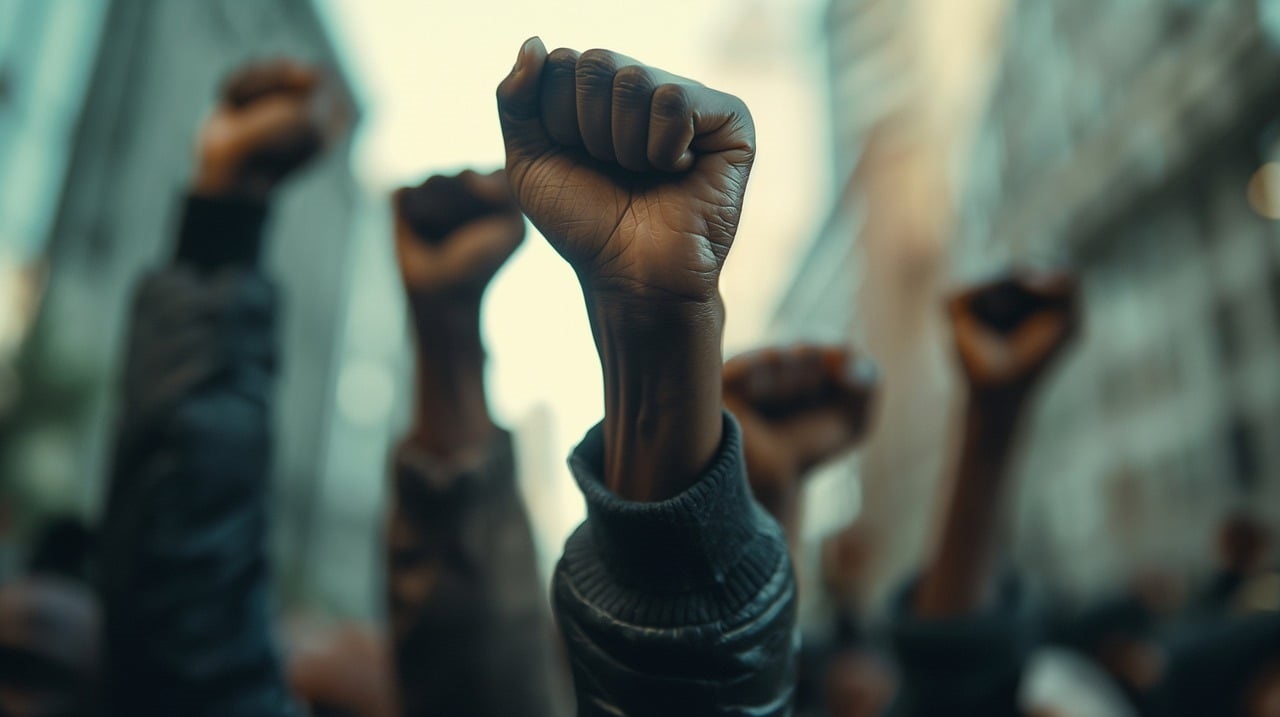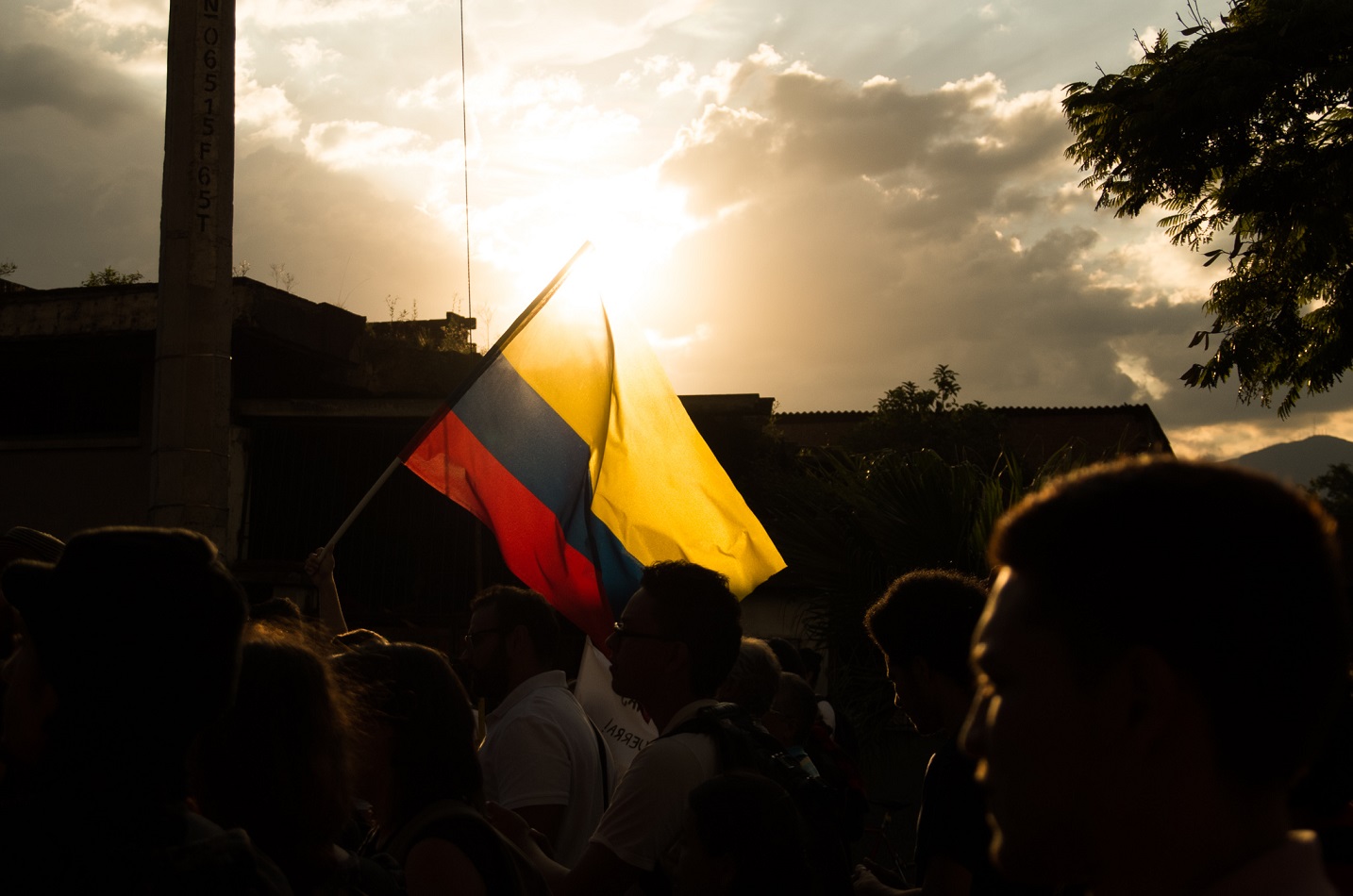After the demonstrations against Colombia’s president, Gustavo Petro, on 6 March this year, I noted in a column that three categories easily emerged from them: Mediatised Marchers (MM), Politicised Marchers (PM) and Marchers Seduced by a Payment (MSP).
 Germán Ayala Osori*
Germán Ayala Osori*
Now, after the mobilisations of 21 April, I reiterate that these three categories reappeared in the large demonstrations.
The novelty is that a fourth one appeared in these marches, which I have called Emotional Marchers (hereinafter EM). Under this nomenclature fit all those citizens who, driven by an undeniable ‘Petrophobia’ (hatred of Petro), did not repress their emotions to launch all kinds of insults against the head of state, even the desire to see him dead, perhaps the result of a crime, and placed in a cold coffin.
Among all the interviews carried out by some petristas (Petro’s supporters) who infiltrated the marches, the testimony of a woman who claimed to be a victim of the M-19 appeared, a fact which justified her animosity towards the president of the Republic for having been a militant of this illegal armed group.
The reasons for the citizen’s hatred are perfectly legitimate in that forgiveness is an individual act and because we do not know the severity of the harm she was the victim of, according to her own account.
Although it is not possible to know the circumstances in which the guerrilla may have affected her life, it is clear that she continues to drown in the vortex of animosity in which she herself decided to remain because of her immeasurable hatred.

It seems to be a selective hatred if we take into account that within the Centro Democrático (CD) there are at least four of Petro’s former comrades. There are therefore some ‘good’ ex-guerrillas who are now militating on the right and only one ‘bad’ one, Gustavo Petro, who cannot be forgiven for having taken up arms against the state and much less for continuing with his leftist ideas, because that is an aberration.
Others, who did not identify themselves as victims of the M-19, simply expressed their resentment for the mere fact of having belonged to that guerrilla group. At this point, it is worth reflecting on the fact that the peace processes suffer from a serious shortcoming: no educational strategies were designed to promote collective and individual forgiveness from the state once the armistices had been signed. Most likely, if there had been such campaigns calling for forgiveness, the negative emotions that hundreds of thousands of citizens have been cultivating in their hearts would have been minimised in the mobilisations of 21 April.
The triumph of the “No” vote in the 2016 peace plebiscite is the best example of the negative impact of not having designed educational campaigns aimed at seducing the hearts of those who, thinking themselves morally superior, believe they have the right to decide who lives and who does not, according to the ideas they defend. It should be pointed out that the pyrrhic victory of the “No” was due to two fundamental reasons: first, because the press allied itself with the right wing and Uribismo (followers of former president Alvaro Uribe) to wage a campaign full of lies like a homosexualising loghtning and the handing over of the country to the guerrillas.
 As the main promoters and the manager acknowledged, the objective was to make the people ‘angry’ and get them to vote. And secondly, because the Santos government was incapable or never interested in designing the ideological and cultural instruments or mechanisms with which to seduce Colombians of the importance of having signed the peace agreement between the state and the guerrillas and, above all, of the urgent need to forgive us.
As the main promoters and the manager acknowledged, the objective was to make the people ‘angry’ and get them to vote. And secondly, because the Santos government was incapable or never interested in designing the ideological and cultural instruments or mechanisms with which to seduce Colombians of the importance of having signed the peace agreement between the state and the guerrillas and, above all, of the urgent need to forgive us.
Thus, the Emotional Marchers (EM) made it clear to the government and the rest of society that they are not willing to listen to arguments, much less to recognise anything positive that Petro’s government does.
Petro is, for these EMs, a ‘damned, guerrilla son of a bitch and a bandit who only deserves to be assassinated’. The ‘out Petro’ harangue goes beyond the desire to get him out of the Casa de Nariño. They want him ‘out of circulation’ because he represents ‘evil and the worst of the country’. Let us remember that it is worse to be left-wing than corrupt.
The most worrying thing about all of the above is that for the 2026 elections, these emotional marchers will be joined by mediatised and politicised marchers. If the marches continue on both sides, as is expected to happen, hatred will continue to grow among those who are not willing to forgive Petro for his guerrilla background. The May 1st marches will once again draw Petristas and anti-Petro supporters into the spiral of physical and symbolic violence that we do not know how far it will take us as a fractured society that has naturalised social and political violence through language.
Faced with the impotence of not being able to see the president dead, then these repressed desires will lead them to do violence to the Petristas or to the RTVC journalists who went out to cover the demonstrations. Or perhaps, simply, they will end up using violence against those who voted for Petro in 2022 because they believed in his political project, despite it becoming maximalist for a society that has become accustomed to living amidst the mediocrity, greed and corruption of all right-wing governments.
*Germán Ayala Osorio: Social communicator, journalist and political scientist, author of the blog La otra tribuna.
(Traducido por Rene Phelvin – Email: renephelvn@gmail.com) – Fotos: Pixabay)












.jpg)












